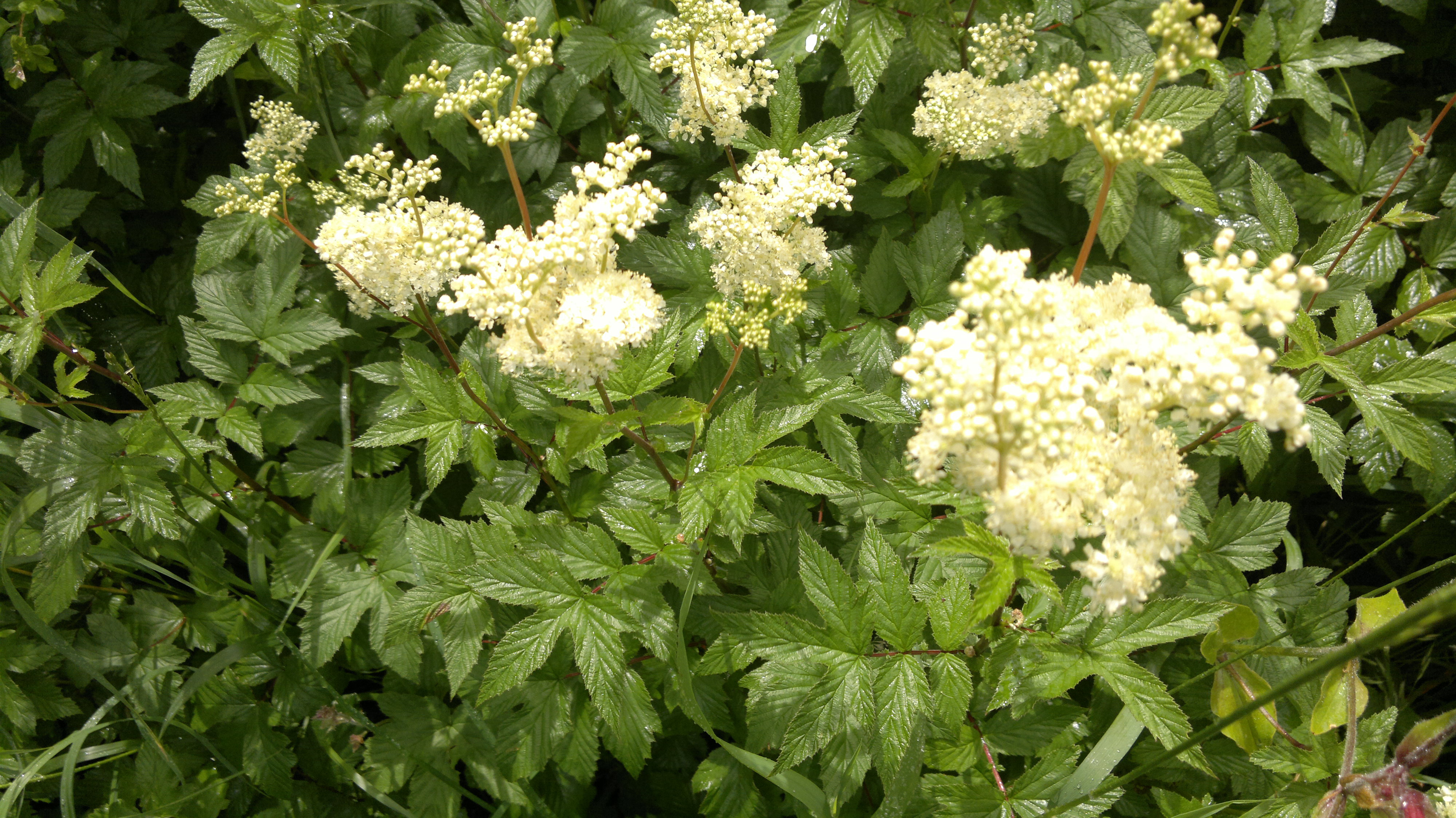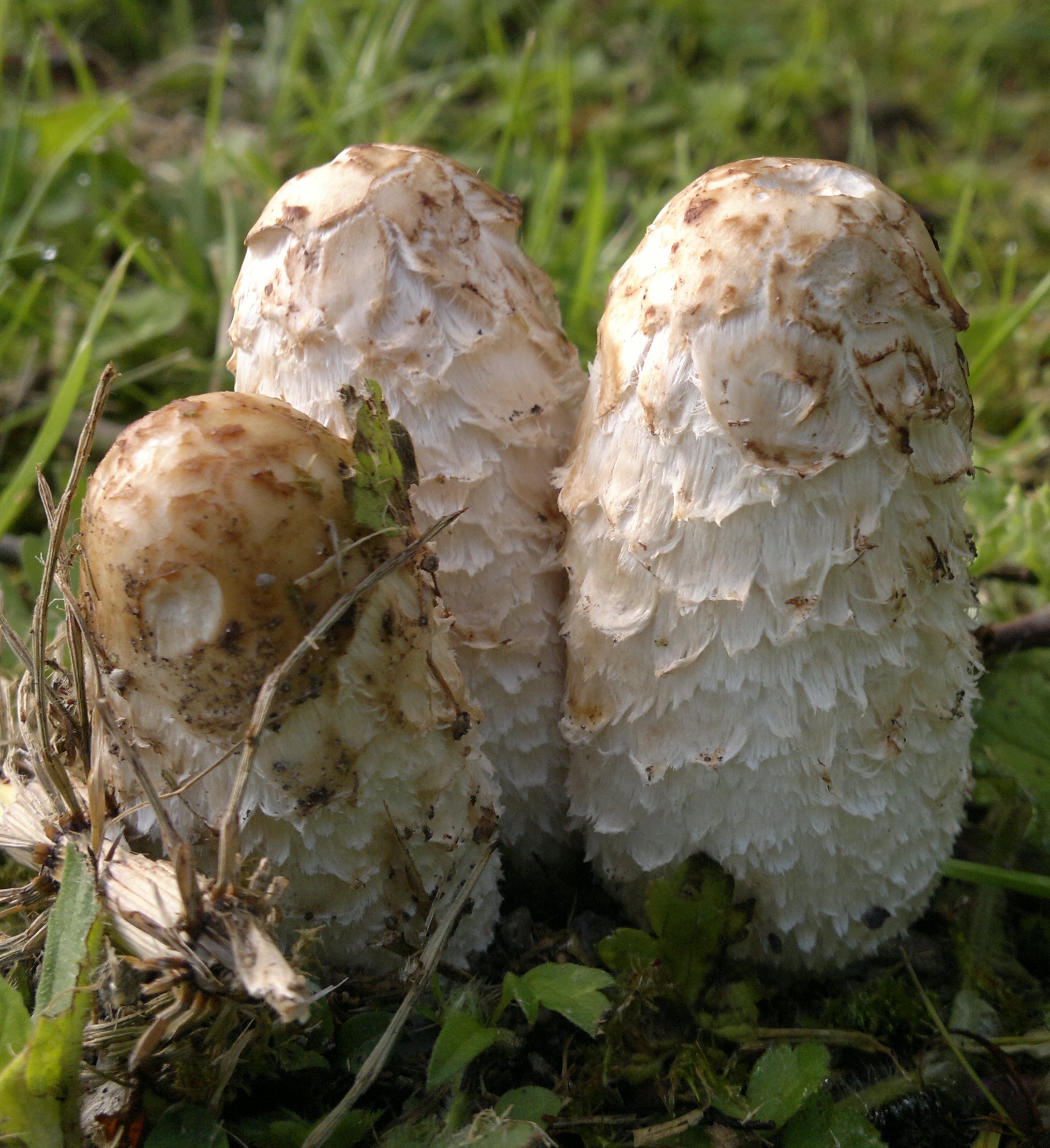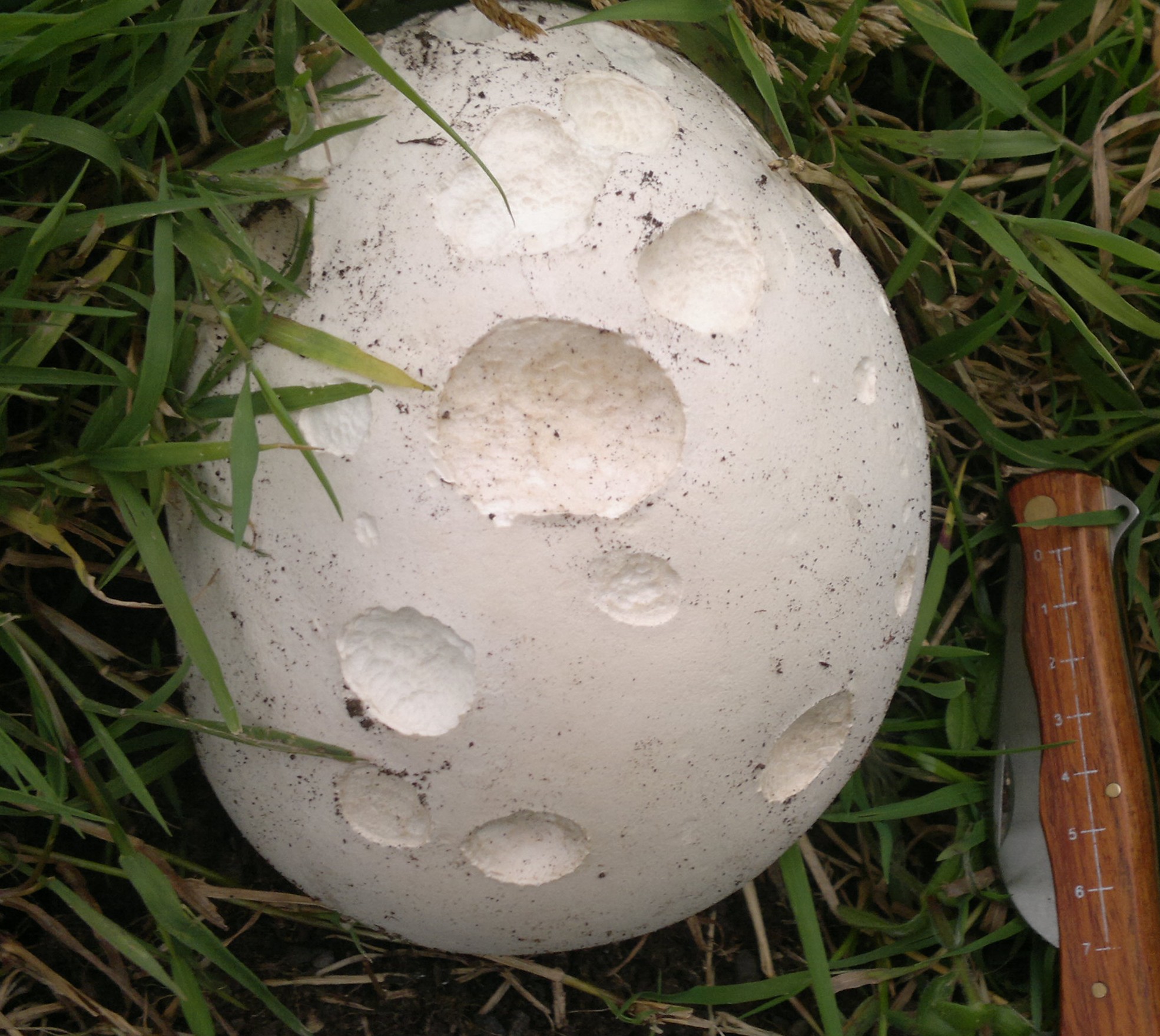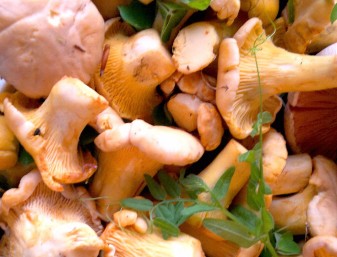Ultimate wild mushroom risotto
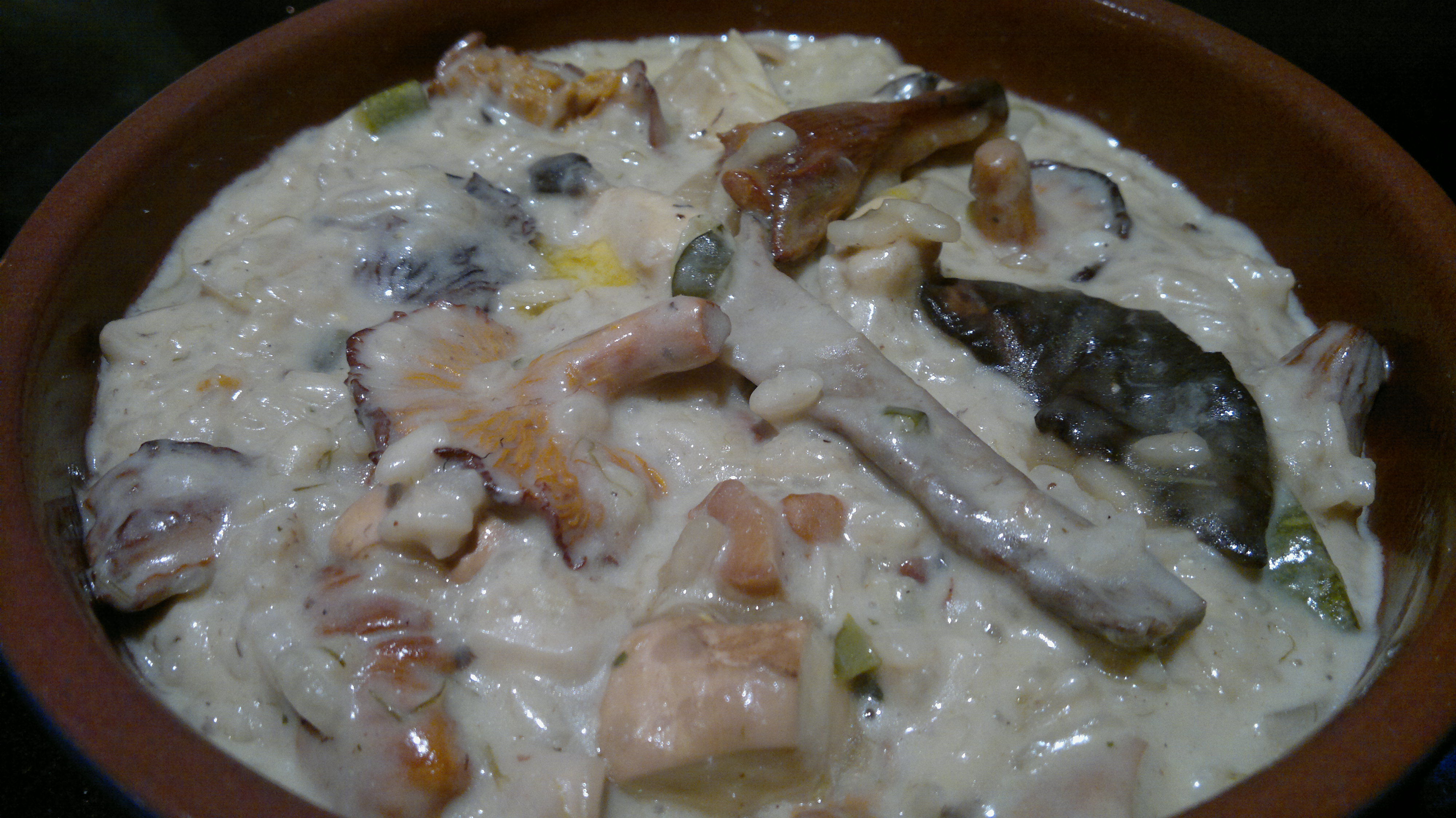
Risotto has to be one of the nicest ways to use the mixed bag of fungi that so often comes back from a foray. The warm, earthy flavours of most wild mushrooms lend themselves really well to the generous unctiousness of a well made sofritto.
